underground water line to hydrant and barn
charlie67
11 years ago
Related Stories

LANDSCAPE DESIGNHow to Move Water Through Your Landscape
Swales, underground pipes or a mix of both: There’s more than one way to distribute water in the garden
Full Story
HEALTHY HOMEHow to Choose a Home Water Filtering System
Learn which water purification method is best for your house, from pitchers to whole-house setups
Full Story
LANDSCAPE DESIGNDitch the Ordinary Ditch: Create a Realistic Dry Creek Bed
Here’s how to turn your water runoff system into an eye-catching accent for your landscape
Full Story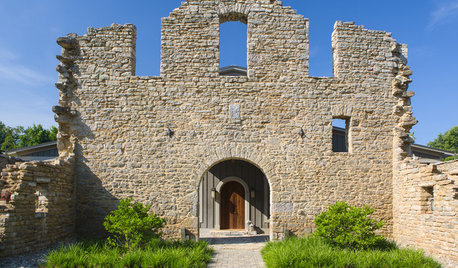
ARCHITECTURELook Beyond the House to Find a Home
See how clever homeowners have put down stakes in a lighthouse, train depot, church, bourbon distillery, barn and missile silo
Full Story
GREEN BUILDINGHow to Harvest Rainwater for Your Garden
Conserve a vital resource and save money by collecting stormwater for irrigation in a barrel or tank
Full Story
SAVING WATER6 Reasons Why You Should Save Your Rainwater Now
Collect and store during the rainy season so you’ll have water ready for irrigation when you need it
Full Story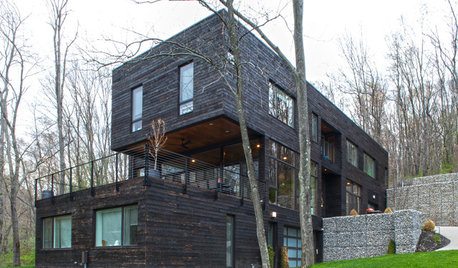
HOUZZ TOURSMy Houzz: Modernism Takes a Natural Turn in Pennsylvania
Generous wood throughout and woodsy sights outdoors soften and warm this home’s modern lines
Full Story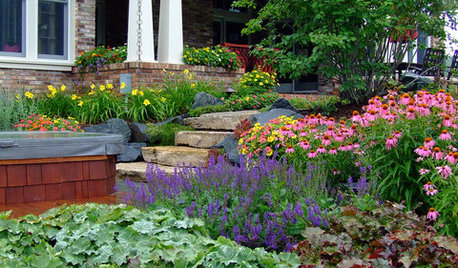
INSIDE HOUZZInside Houzz: New Data Offer Insights on Landscaping Trends
Homeowners are looking to manage water and add more enjoyment to their landscapes, according to a new Houzz survey
Full Story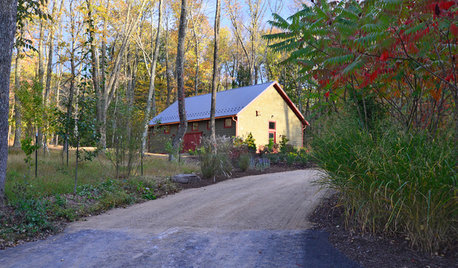
BACKYARD STUDIOSMaster Builder Crafts a Dream Workshop
A design-build firm owner uses an economical building method for his large shed and finishes it off nicely to blend into the scenery
Full Story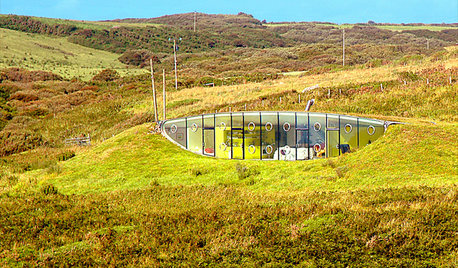
ARCHITECTURE6 Amazing Homes Dug Into the Earth
Designed to disappear or with portions peeking out, these houses bring a new meaning to 'communing with nature'
Full Story







lazypup
jakethewonderdog
Related Professionals
Miller Place Plumbers · Eagle Mountain Kitchen & Bathroom Remodelers · Allouez Kitchen & Bathroom Remodelers · Beaverton Kitchen & Bathroom Remodelers · Crestline Kitchen & Bathroom Remodelers · Fort Pierce Kitchen & Bathroom Remodelers · Independence Kitchen & Bathroom Remodelers · Las Vegas Kitchen & Bathroom Remodelers · Linton Hall Kitchen & Bathroom Remodelers · Panama City Kitchen & Bathroom Remodelers · South Lake Tahoe Kitchen & Bathroom Remodelers · Spokane Kitchen & Bathroom Remodelers · Tuckahoe Kitchen & Bathroom Remodelers · Wilmington Island Kitchen & Bathroom Remodelers · Tanque Verde Kitchen & Bath Fixturescharlie67Original Author
jakethewonderdog
lazypup
charlie67Original Author
lazypup
charlie67Original Author
lazypup
Jake The Wonderdog
kudzu9
Bobby Mac
kudzu9
User
weedmeister